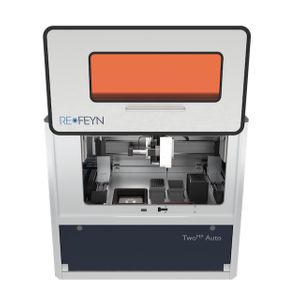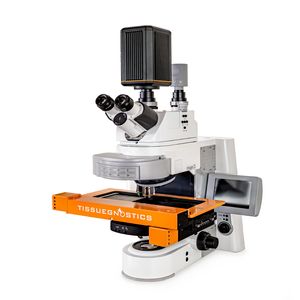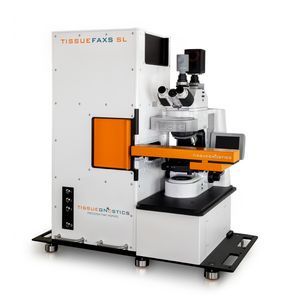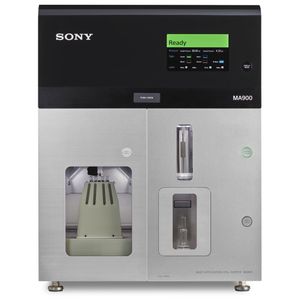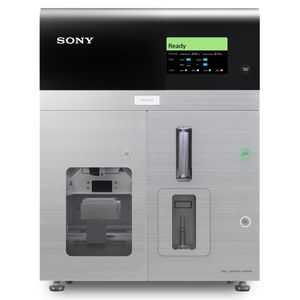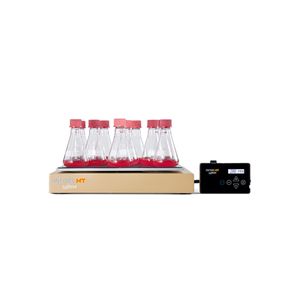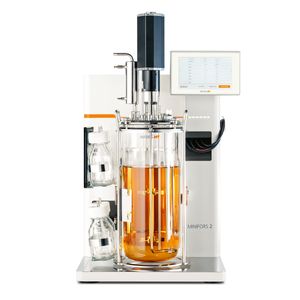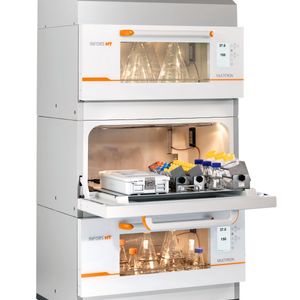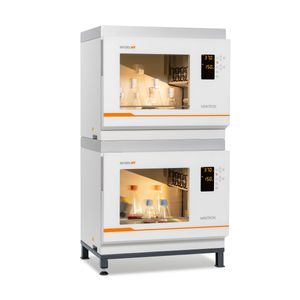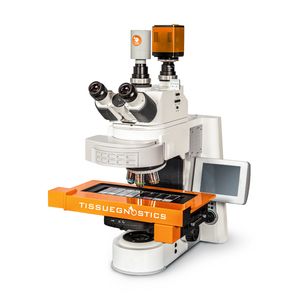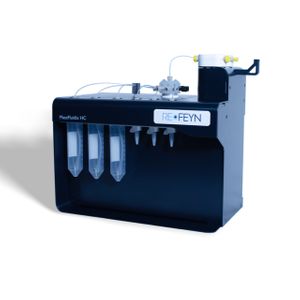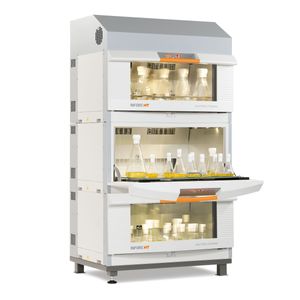Clinical & Molecular DX Webinars
Advances in clinical laboratory techniques and molecular analysis are reshaping our approach to therapy and diagnosis. Explore emerging diagnostic technology and the latest insights in the microbial community in these webinars.
Show More
-
NOV 09, 2022 | 6:00 AMIn spite of significant progress in disease diagnosis and treatment, racial and ethnic minorities experience lower quality of care and poorer outcomes for certain conditions than non-minorit...
-
OCT 06, 2022 | 5:00 PMGenetic biomarkers have become increasingly important for disease prediction, early disease detection and progression, and options for intervention. Tumor biopsies are commonly used as sourc...
-
AUG 19, 2020 | 11:00 AMDATA: 19 de agosto, 2020 Horário: às 15:00 horas Desde que foi detectado pela primeira vez em Wuhan, China, em 2019, o novo coronavírus SARS-CoV-2 e a doença que...
-
NOV 09, 2017 | 9:00 AMTranscriptional profiling of the tumor microenvironment can lead to insights about the interaction between the tumor and immune system. This facilitates investigation of immune evasion mechan...
-
AUG 22, 2019 | 12:00 PMStandards setting is an important process for improving forensic science. Guidelines, minimum practice and best standards all have their place in forensic toxicology. This lecture will focus...
-
On DemandC.E. CREDITSInterference in laboratory assays is a concern since it can positively or negatively influence test results, which can affect patient care. Interferents could be endogenous or exogenous comp...
-
NOV 09, 2017 | 12:00 PMFree 25OH Vitamin D has received increasing attention over the last four years. More and more studies support the importance of free 25OH Vitamin D, suggesting that this fraction of 25OH Vita...
-
SEP 18, 2018 | 9:00 AMWhile chemiluminescence has been the traditional approach to western blot detection, this strategy is being progressively supplemented or replaced with fluorescence-based detection. With the...
-
APR 10, 2019 | 1:30 PMMyeloid leukemias encompass a group of different diseases that include myeloproliferative neoplasms (MPN), myelodysplastic syndrome (MDS) or acute myeloid leukemia (AML). These diseases are d...
-
NOV 08, 2017 | 12:00 PMNovel psychoactive substances (NPS) emerged in the United States around 2000. Initially, synthetic cannabinoids and stimulants prevailed. Now, designer opioids, benzodiazepines an...
-
SEP 18, 2018 | 8:00 AMTo achieve clear and accurate resolution of protein bands in protein gel electrophoresis, it is important to use the appropriate sample preparation conditions and to choose the right gel chem...
-
NOV 12, 2020 | 10:30 AMCell-free DNA (cfDNA) is a key analyte for liquid biopsy samples. Due to extremely low concentration and high degree of fragmentation, the extraction of cfDNA is technically challenging. Her...
-
NOV 08, 2017 | 1:30 PMThe advent of next generation sequencing has transformed the way we identify mutations with clinical implications. As the compendium of variants expands, gathering the most current and accura...
-
NOV 12, 2020 | 9:00 AMTesting volumes need to increase by orders of magnitude in order to restore communities back to normality. This workshop focuses on solutions that equip laboratories to participate in expand...
-
NOV 09, 2017 | 10:30 AMThe role of the microbiology laboratory in the processing of positive patient blood cultures has become more complicated with the increasing demand for rapid information to assist in the mana...
-
SEP 18, 2018 | 5:00 AMTo ensure the immune system’s balance between the recognition of non-self and the prevention of autoimmunity, the activity of immune cells needs to be strictly controlled. During the pr...
-
NOV 14, 2019 | 12:00 PMPart 1: Sustainable health and laboratory medicine; Presented by Professor Damien GrusonSummary: PendingPart 2: Let’s talk about errors in point of care testing in mobile health...
-
APR 12, 2018 | 12:00 PMInappropriately prescribed antibacterials for viral respiratory illness contribute to increased healthcare costs, unnecessary drug-related adverse effects, and drive antimicrobial resistance....
-
APR 10, 2019 | 9:00 AMMammoth Biosciences is developing next-generation CRISPR platforms to build rapid, point-of-care molecular diagnostics. Our innovative DETECTR technology leverages novel CRISPR proteins whose...
-
NOV 14, 2019 | 12:00 PMThyroid autoimmunity (TAI) tends to be more common in women consulting for fertility problems. However, any underlying causal mechanism connecting TAI to fertility aspects is yet to be establ...
-
SEP 18, 2018 | 7:00 AMLateral flow assays (LFAs) are rapid, sensitive, and easy-to-use immunoassays for detecting specific target proteins in vitro. Although the LFA format is extremely popular in point-of-care di...
-
NOV 15, 2018 | 9:00 AMClinical testing with next generation sequencing requires a complex bioinformatics pipeline to process raw DNA sequence into interpretable variants for medical reporting. With sequencin...
-
NOV 08, 2017 | 12:00 PMDespite the fact that screening for many cancers is associated with net harm, healthcare consumers continue to be screened. PSA is the most commonly performed laboratory screening test for ca...
-
SEP 18, 2018 | 10:30 AMProtein quantitation assays are essential for workflows that include protein extraction, labeling, and analysis. The simplest method for protein quantitation is measuring the absorbance of a...
-
NOV 14, 2019 | 1:30 PMThe Laboratory Stewardship Committee of the Cleveland Clinic is a multidisciplinary team of clinicians, pathologists, administrators, nurses and other caregivers. The team has a commitment t...
-
NOV 09, 2022 | 1:30 PMIn this webinar, Dr. Becky Winslow, infectious disease clinical scientist, details urinary tract infections’ incidence and impacts; the standard urine culture’s (SUC) technical c...
-
NOV 08, 2017 | 12:00 PMCurrently, prostate cancer is the second leading cause of death from cancer in North America, the most frequent malignancy in men from all ethnicities, surpassing lung cancer. Prostate tumors...






































